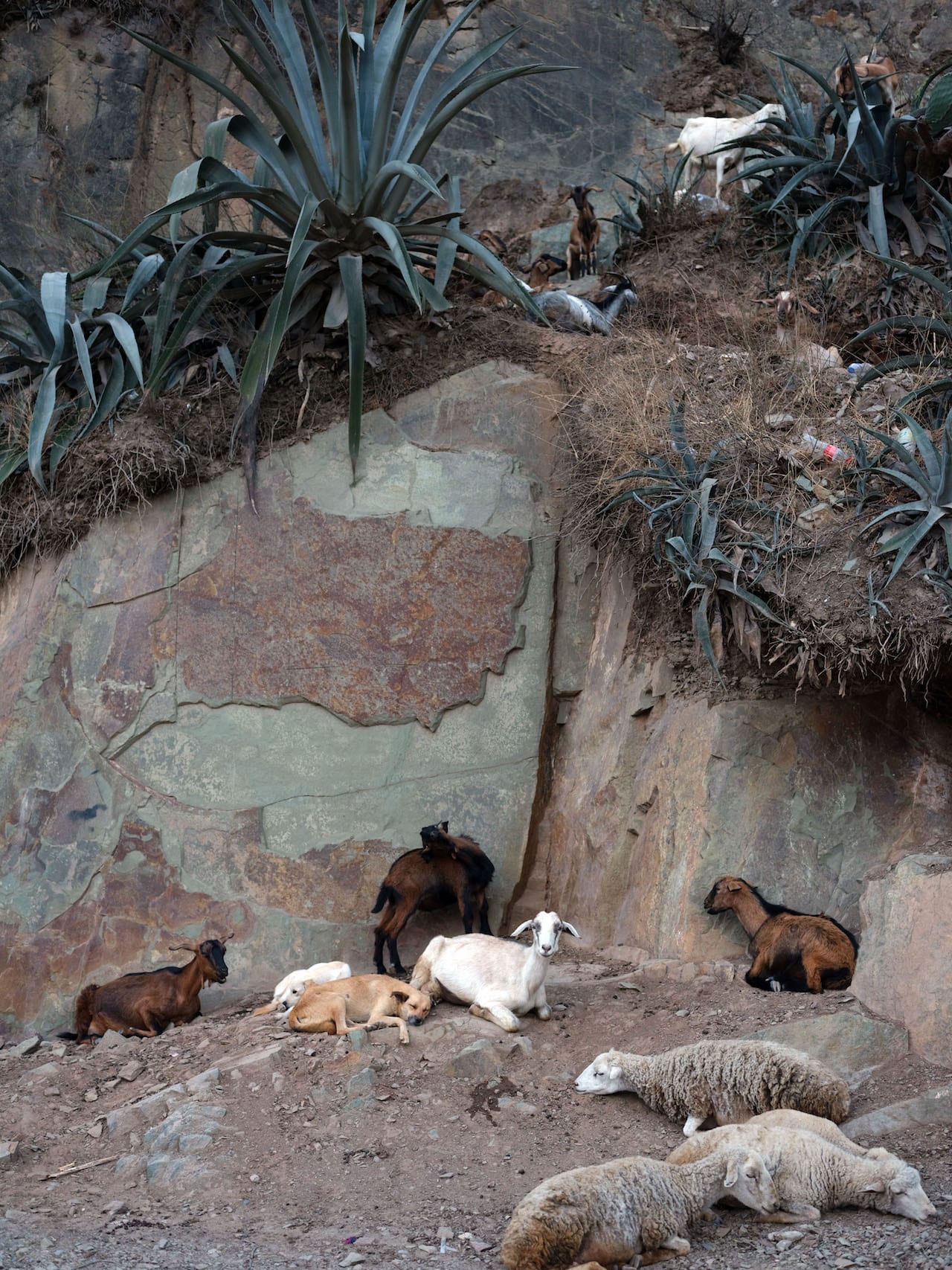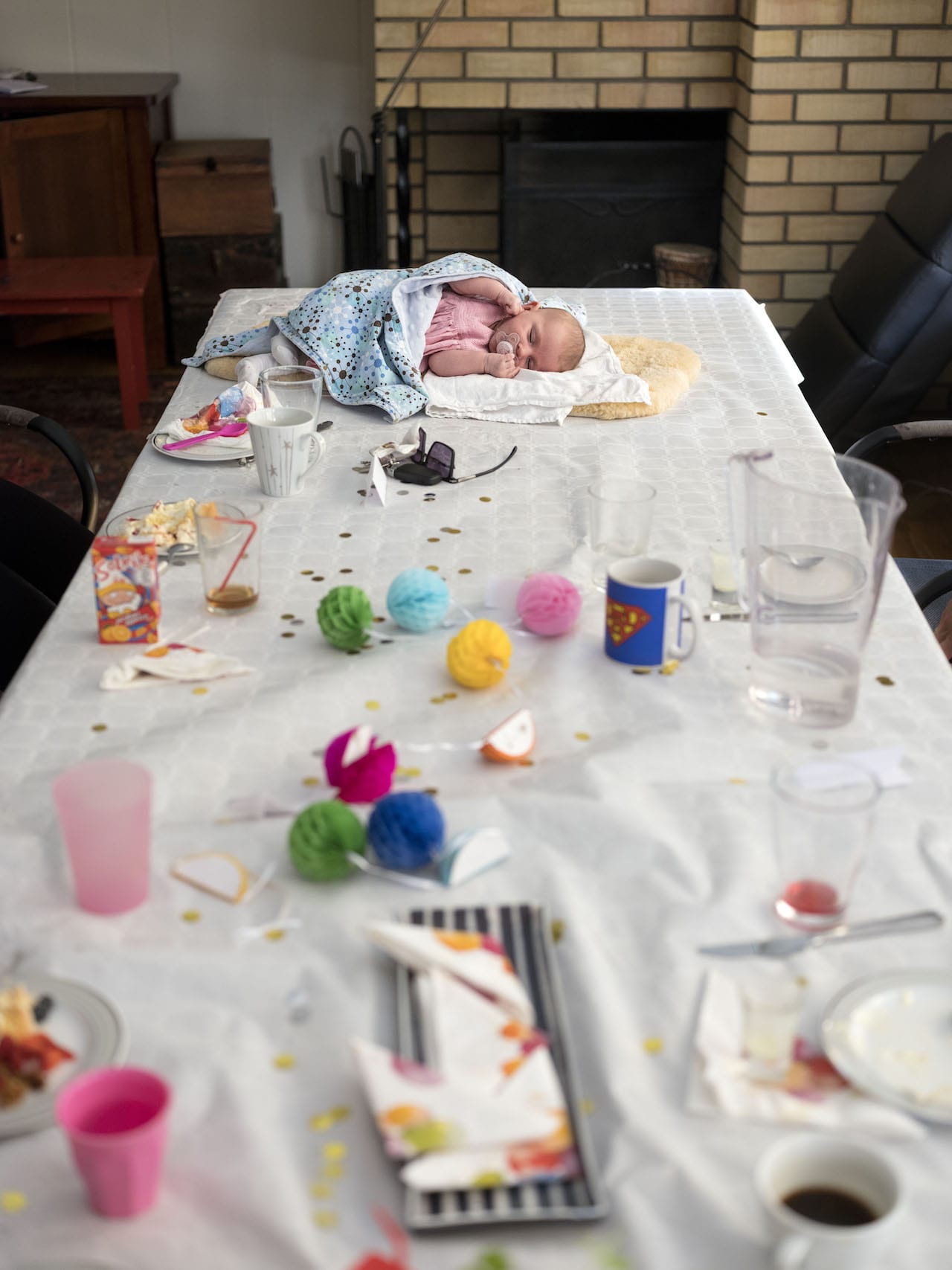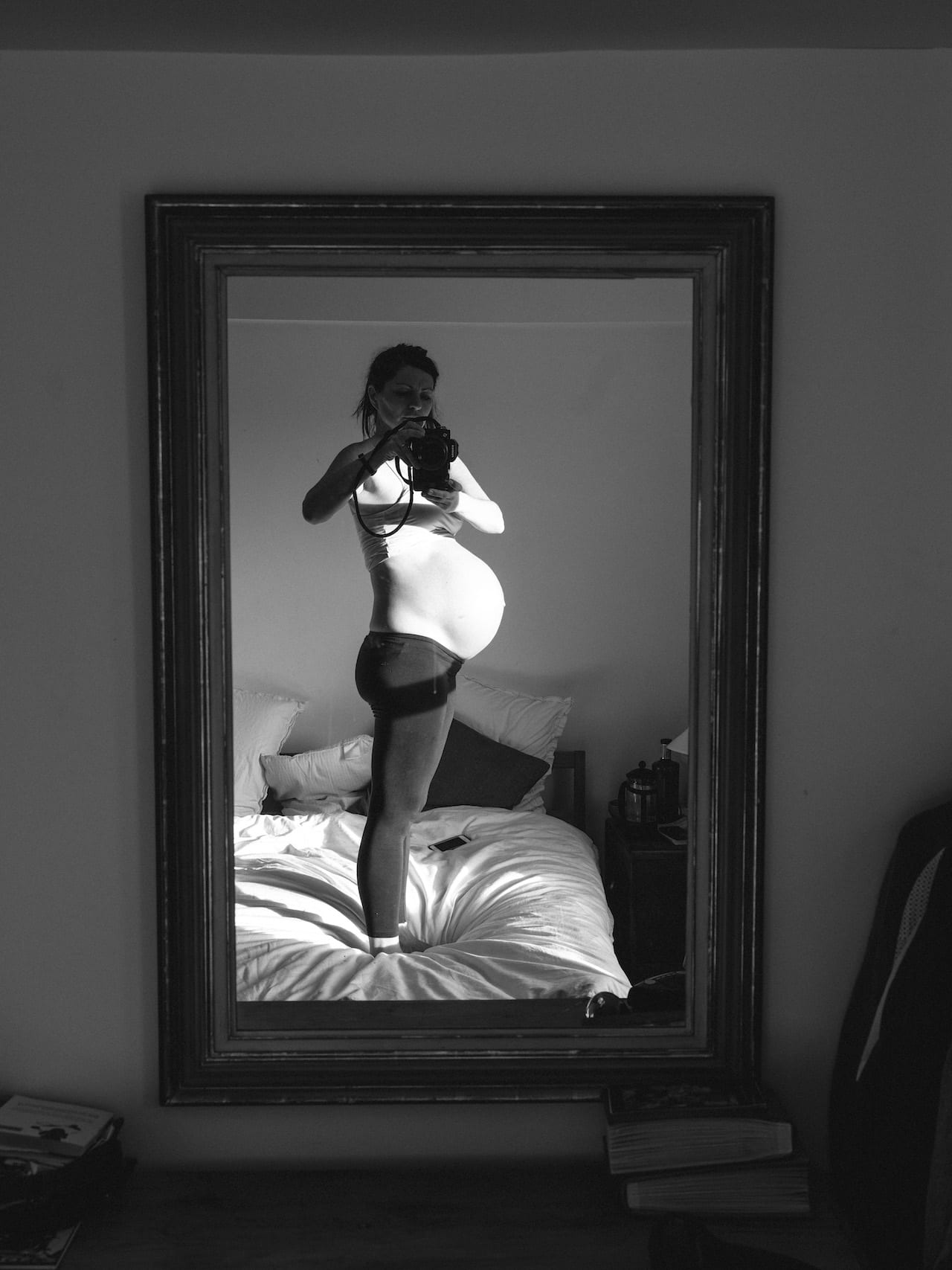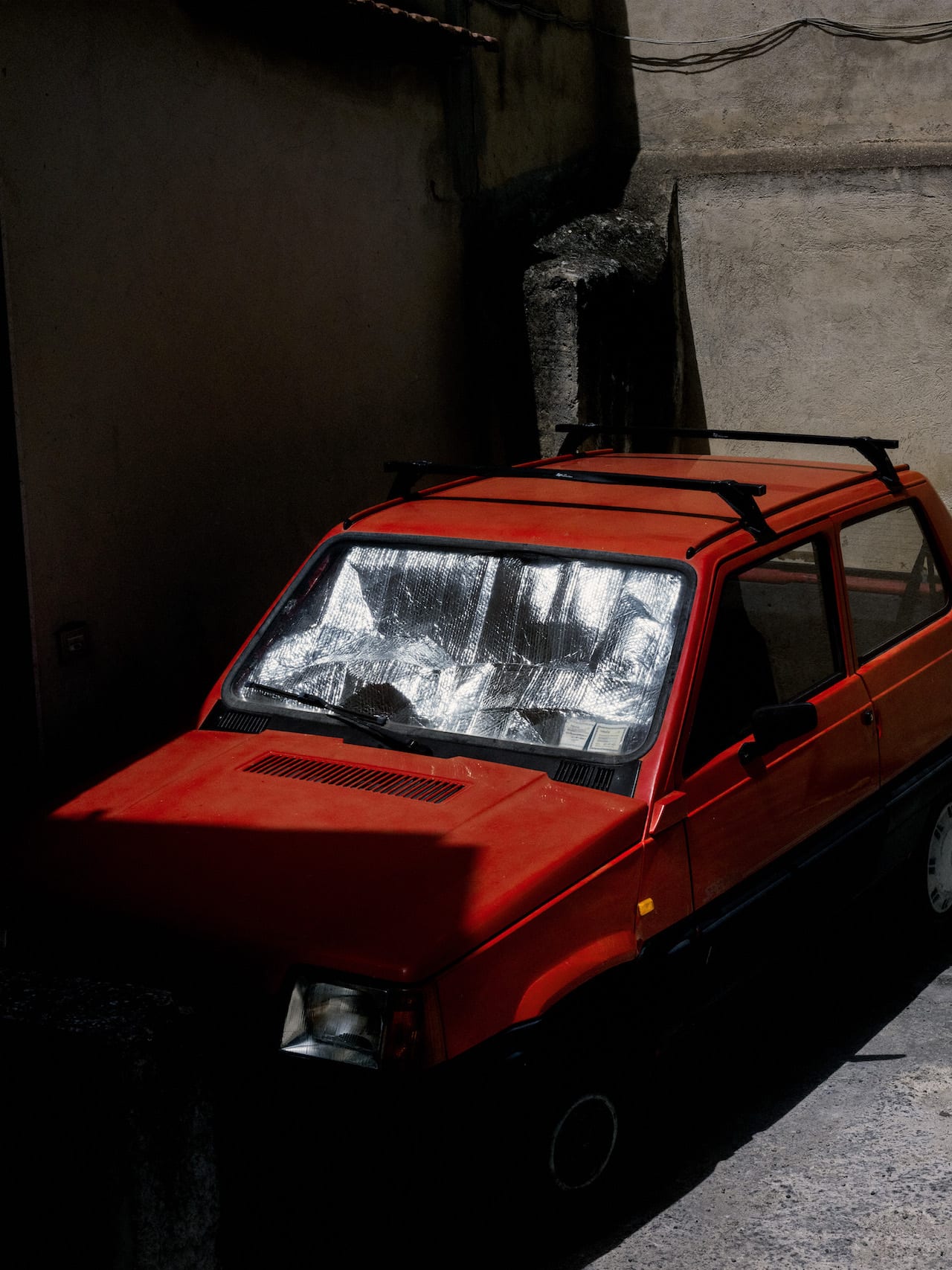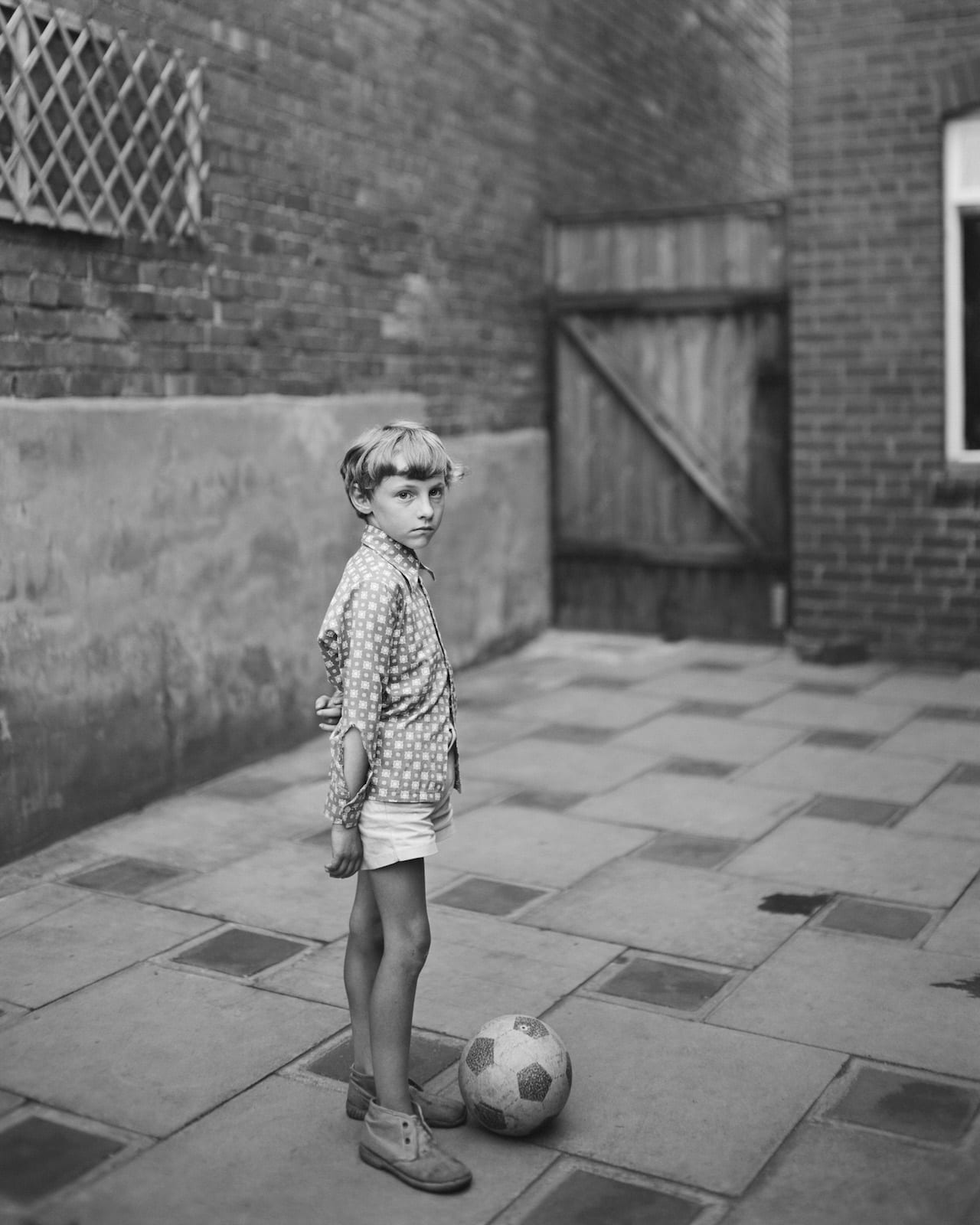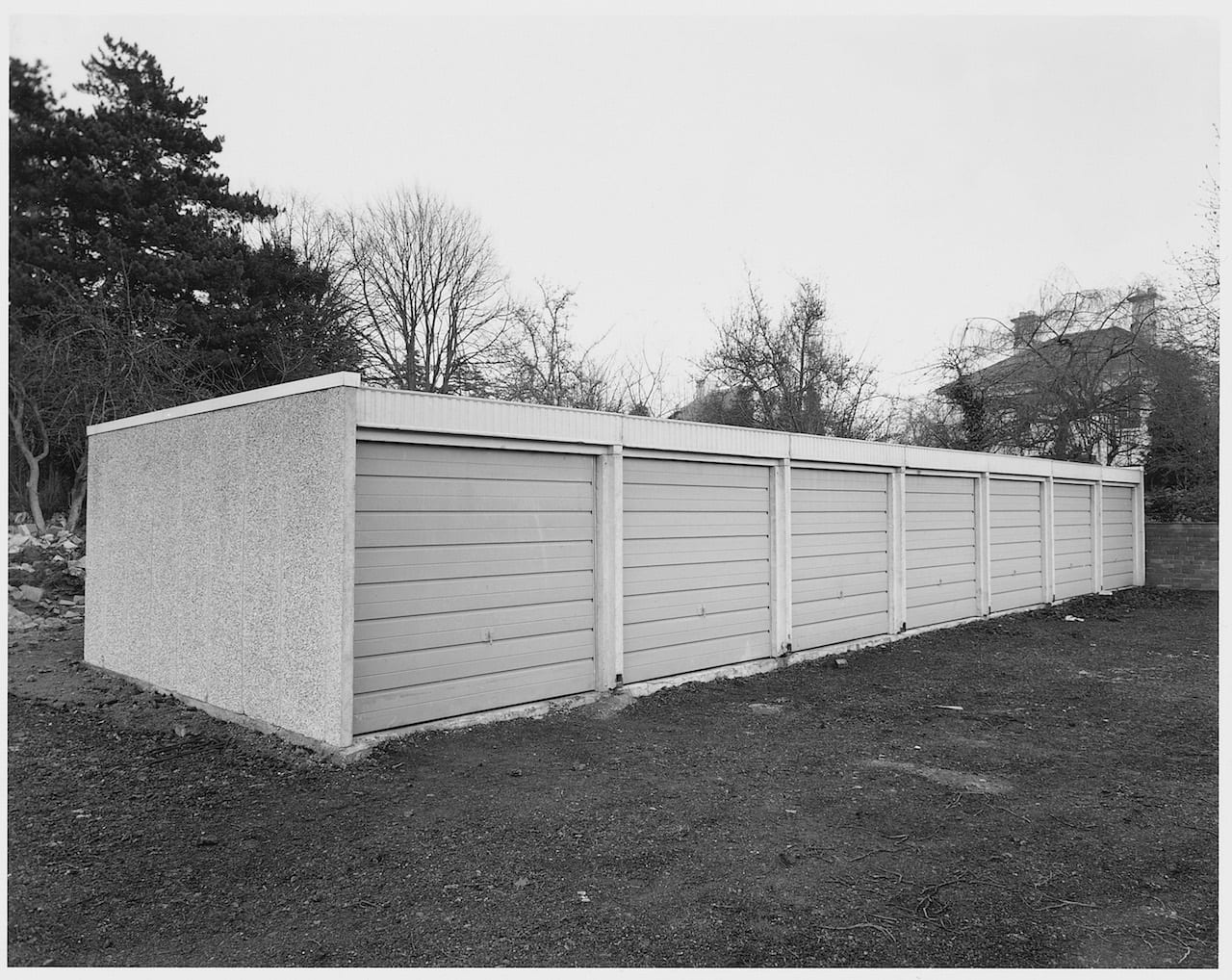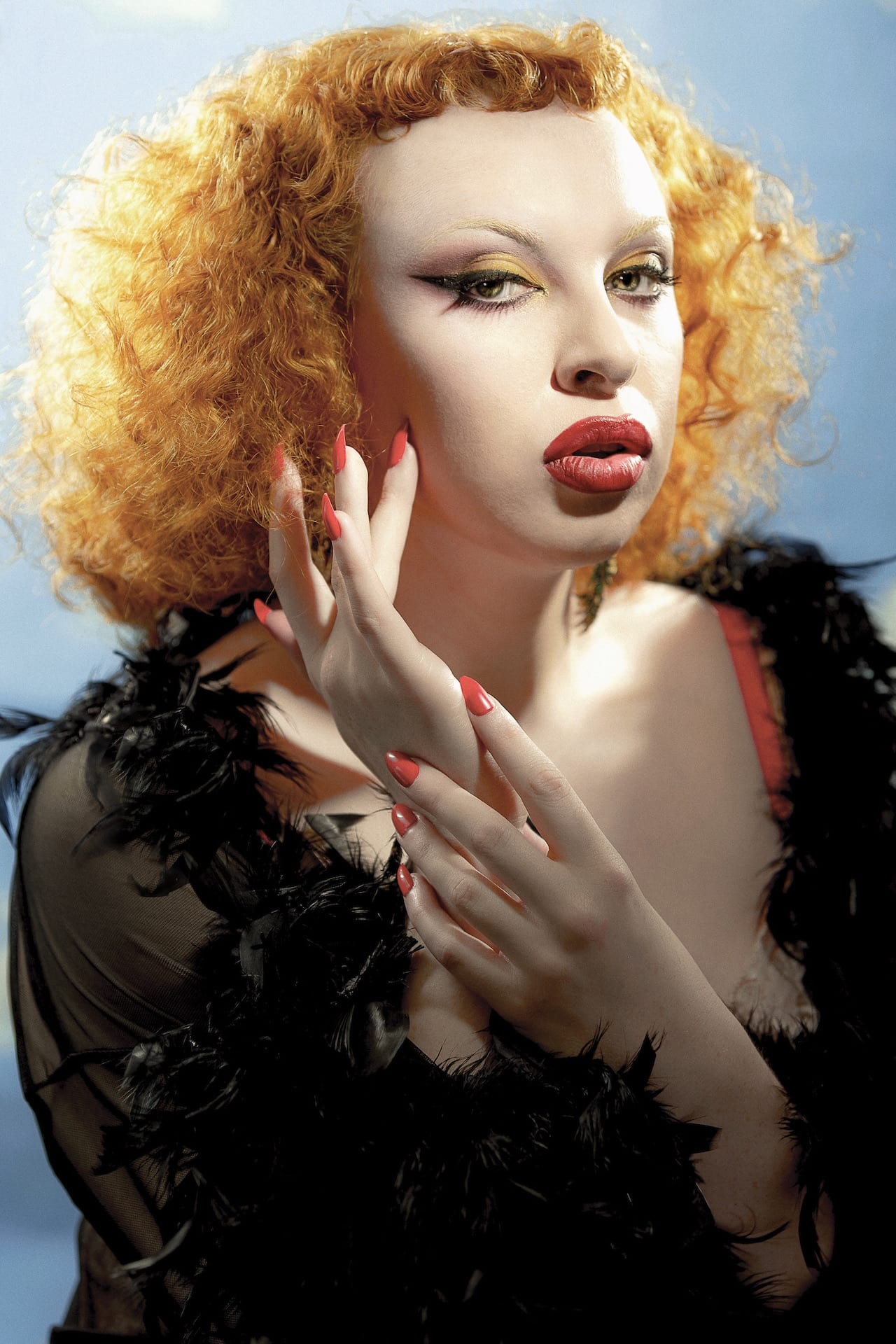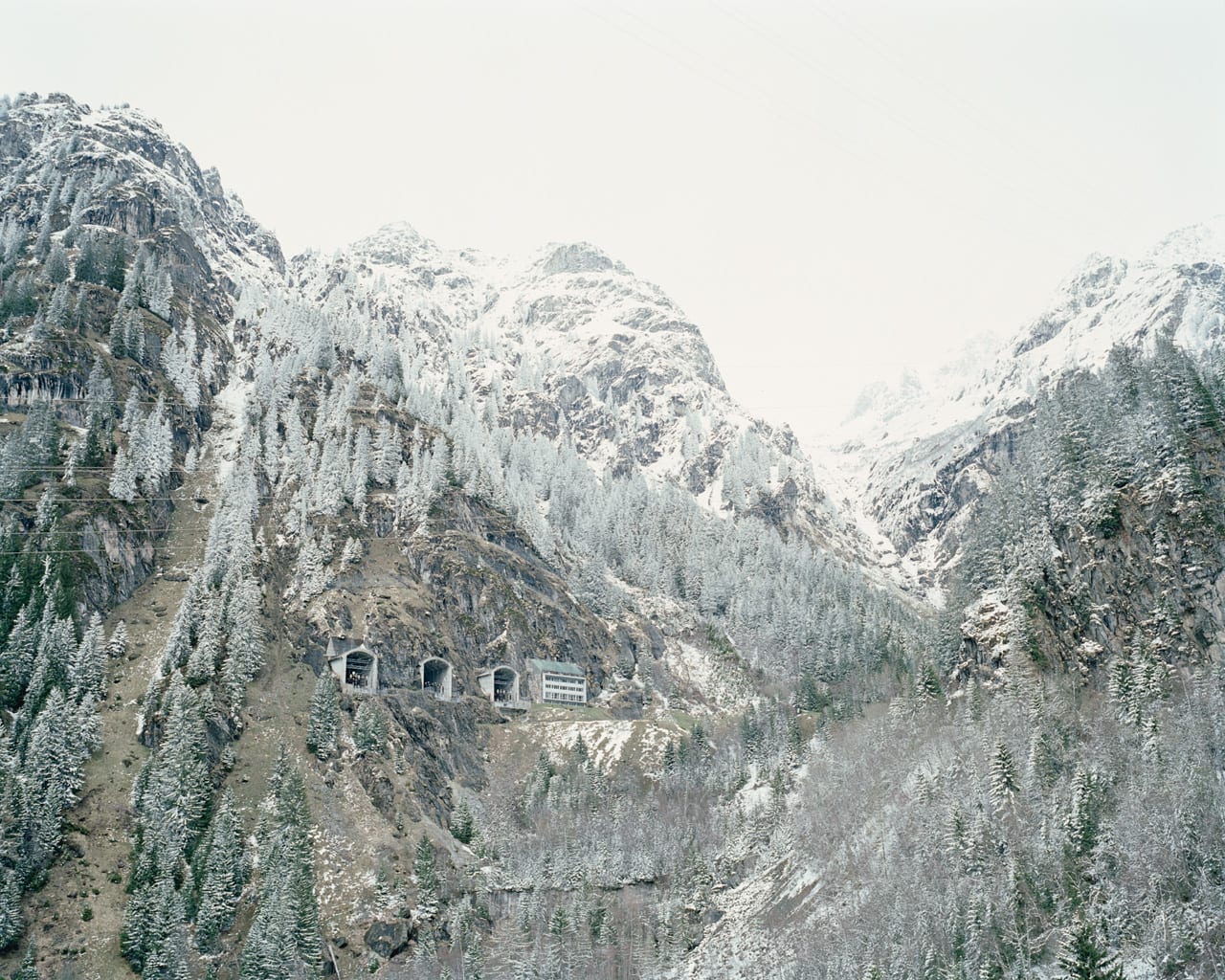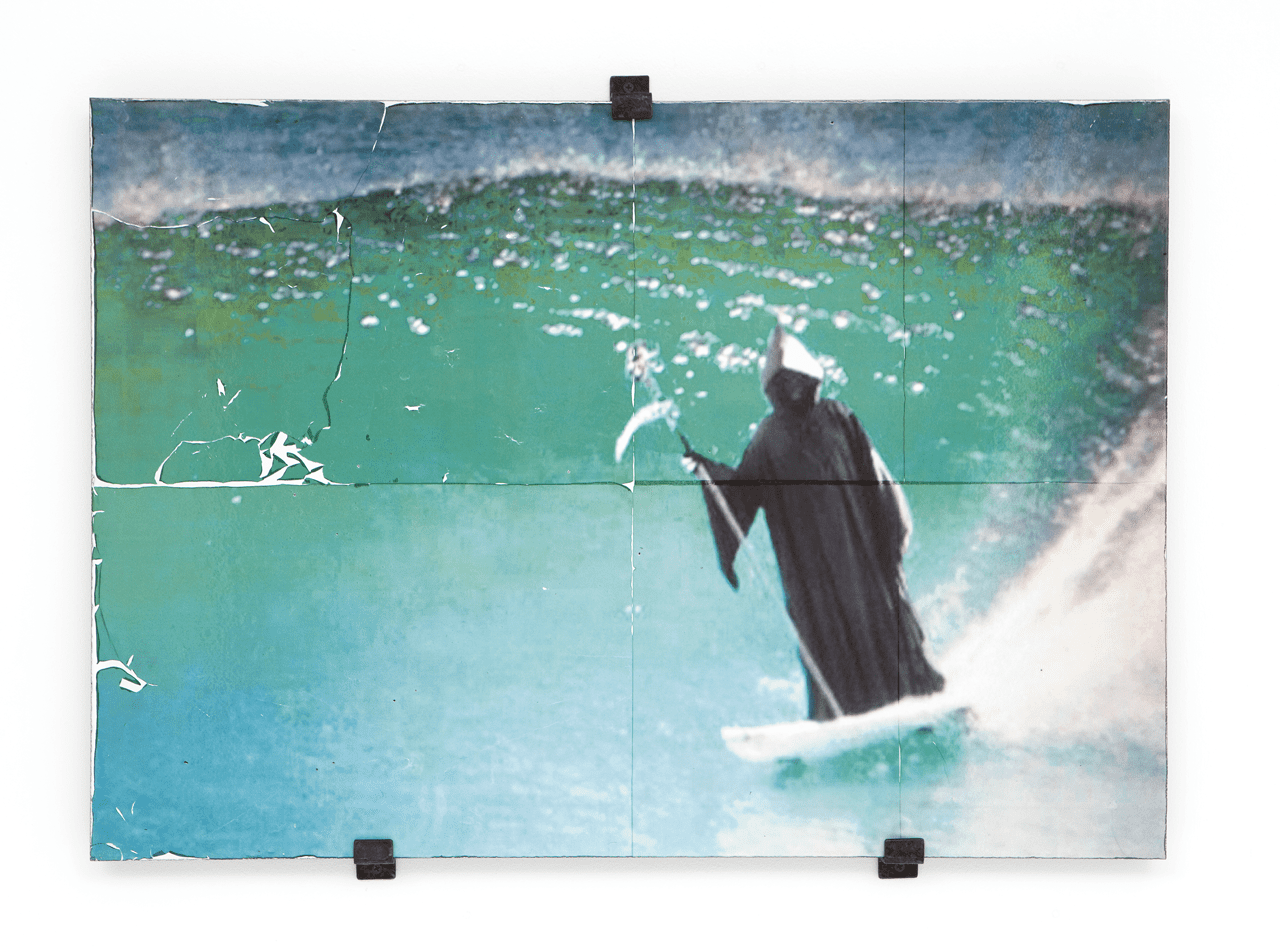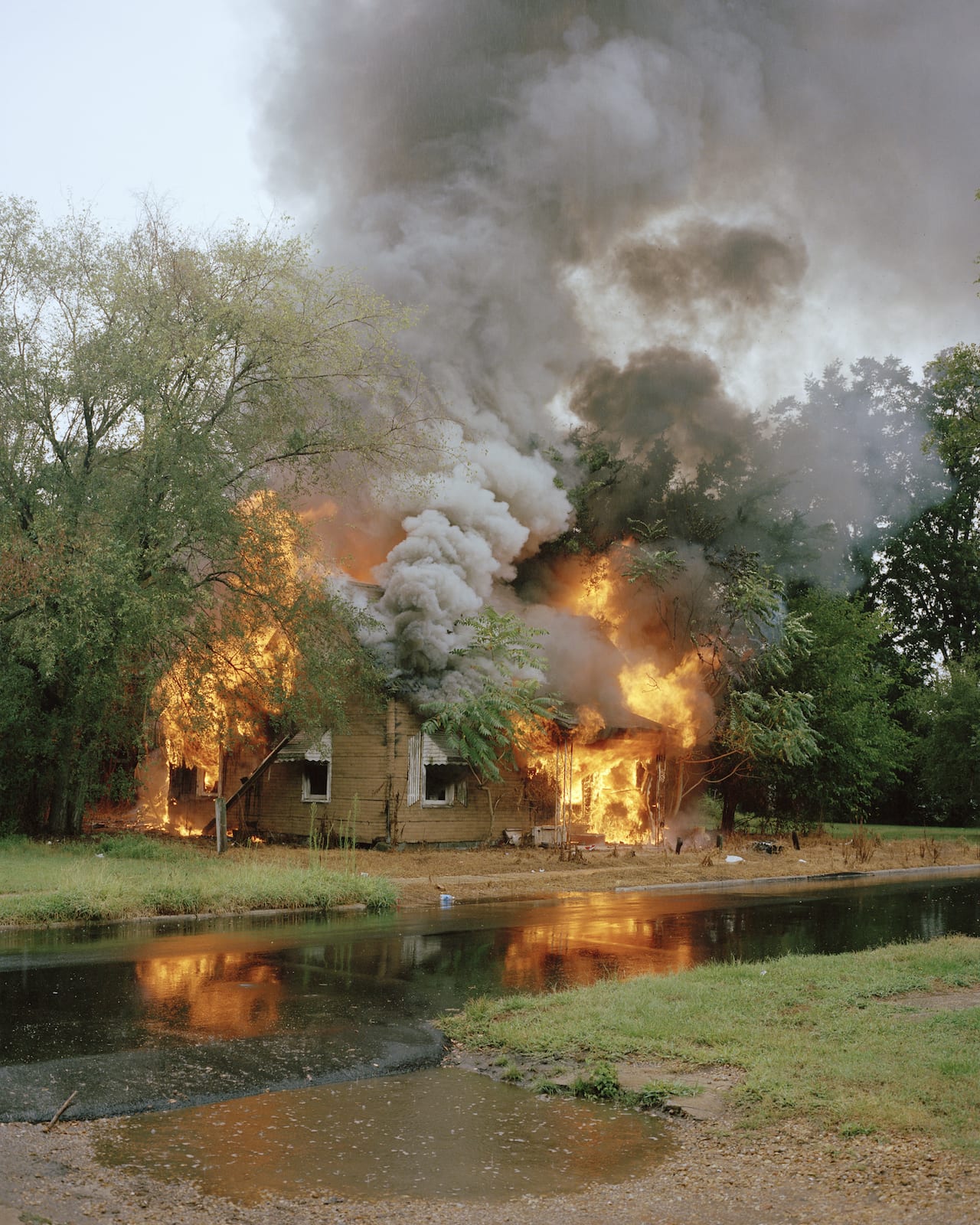“For me home is a very difficult concept because I was born in Peru, but grew up in Spain and lived in America,” Moises Saman tells me over the phone from his current base – Tokyo, Japan. “At first I was confused because I’ve moved around so much in the past few years. So for this project, I took the opportunity as a way to trace back to where I was born.” Born in Lima in 1968, Moises Saman relocated to Barcelona, Spain with his family when he was just one year old. He spent a month travelling in Kosovo photographing the immediate aftermath of the last Balkan war; during his seven-year stint at Newsday as a staff photographer, he covered the fall out of the 9/11 attacks, and spent an extensive amount of time in Middle Eastern countries before becoming a freelance photographer.
